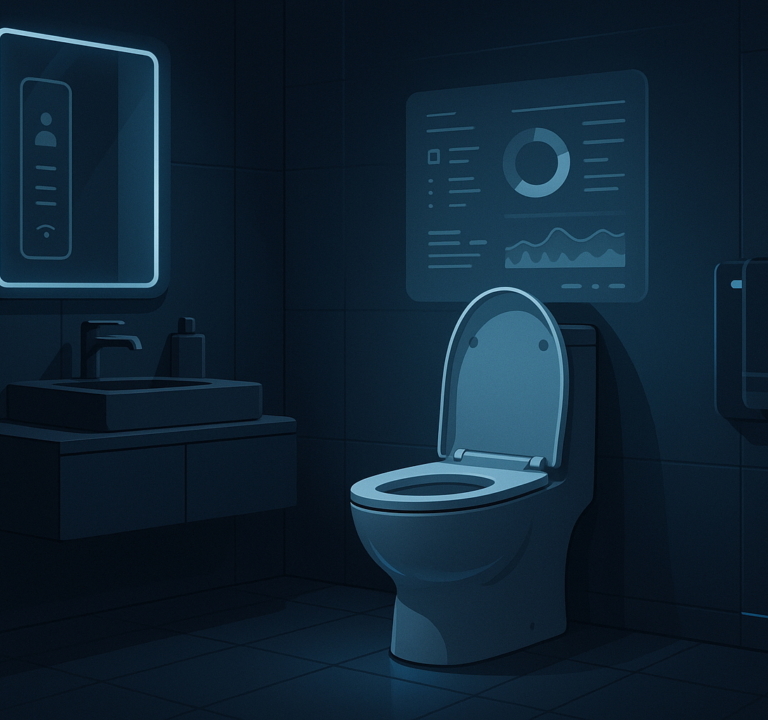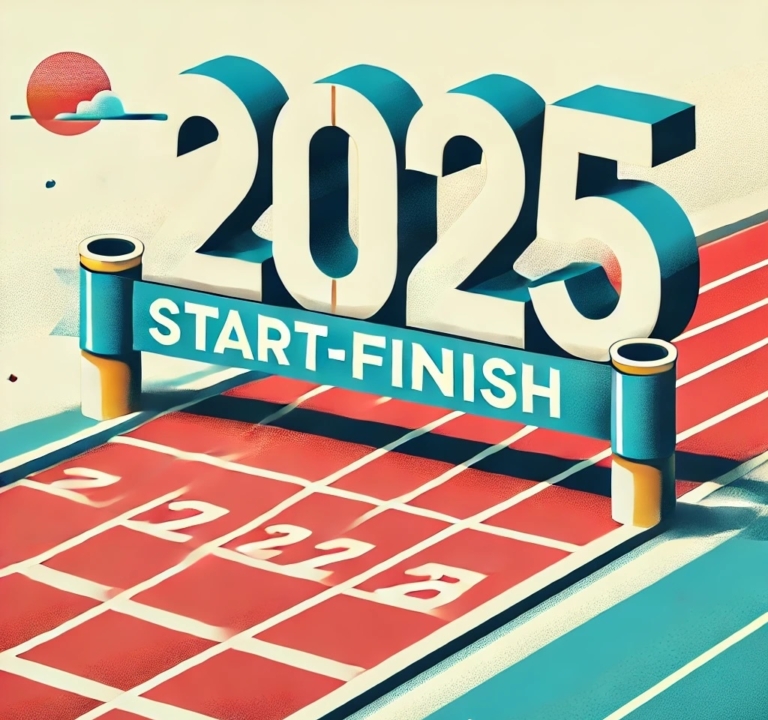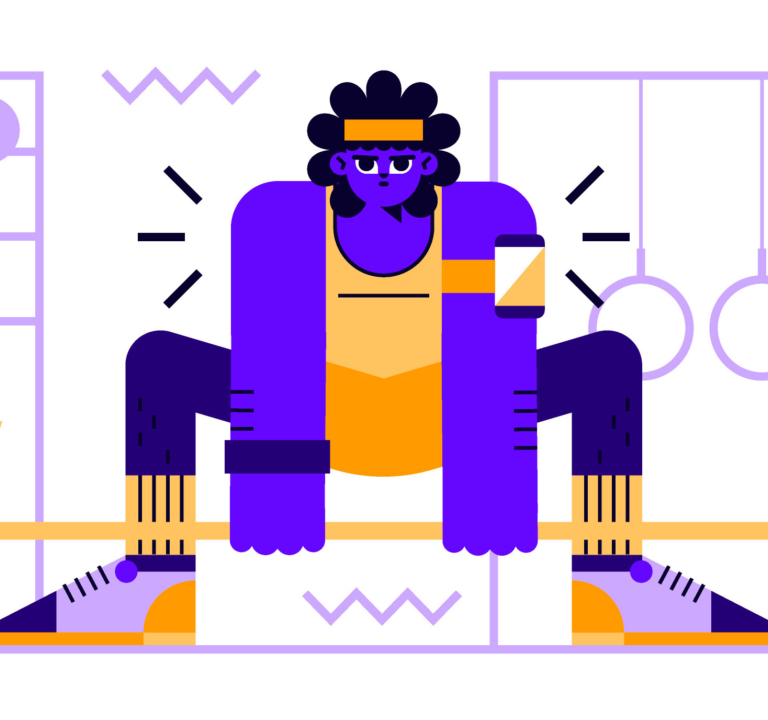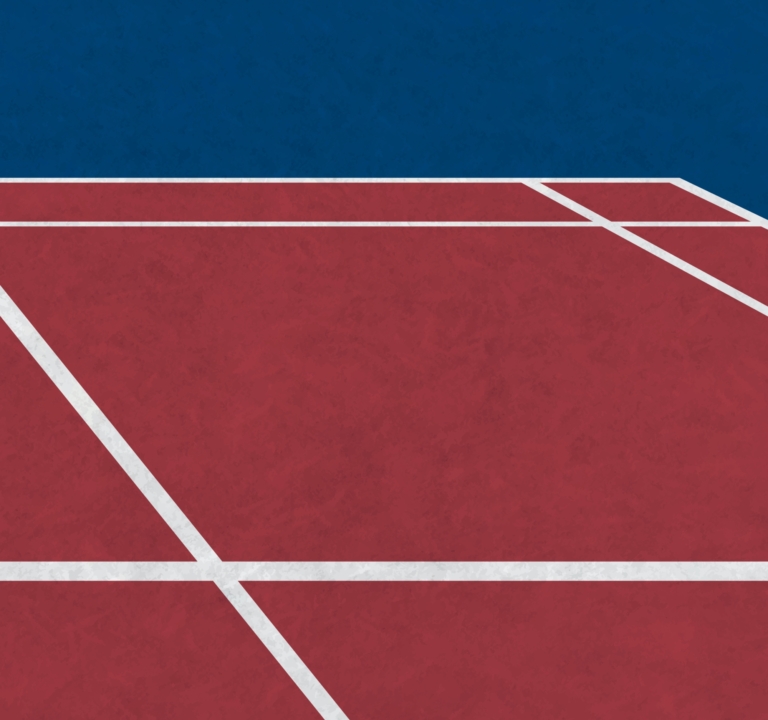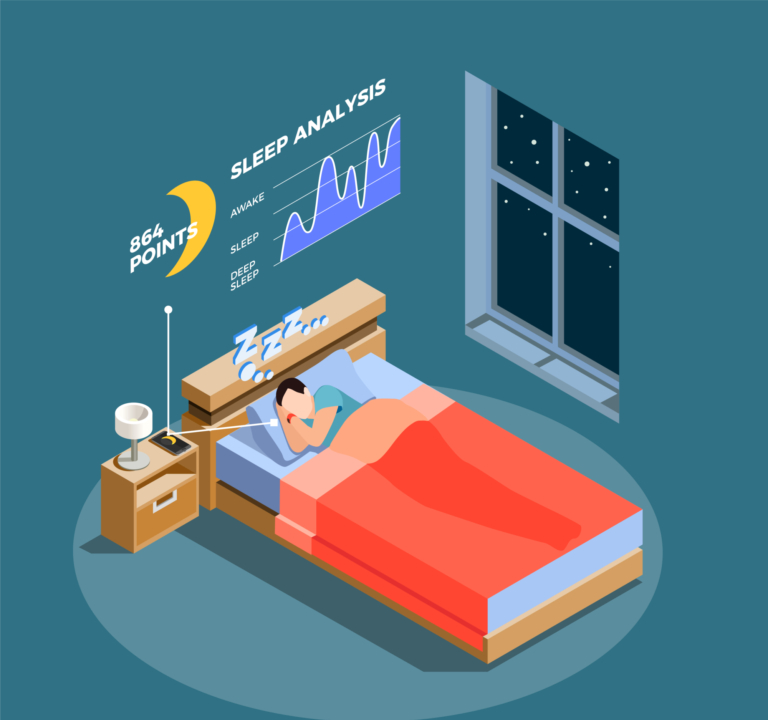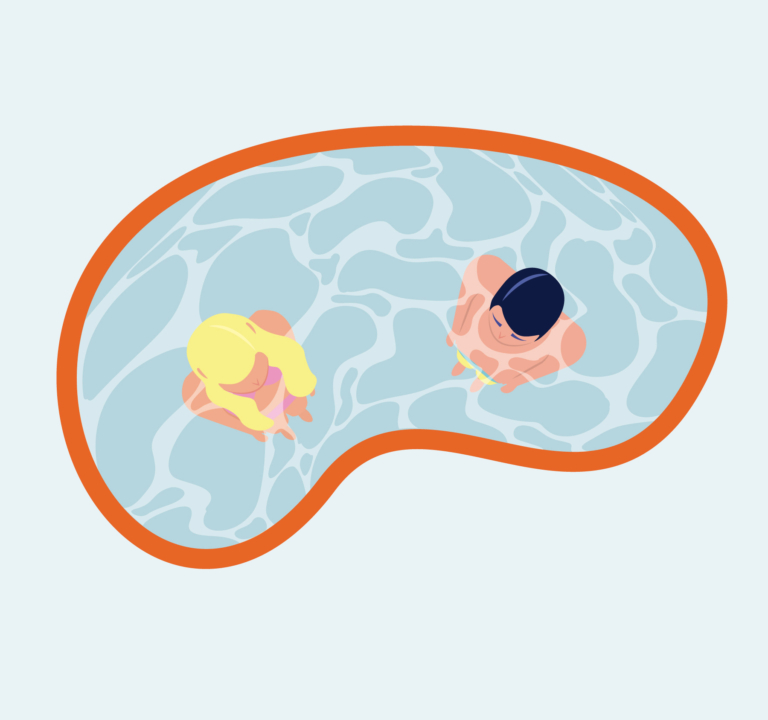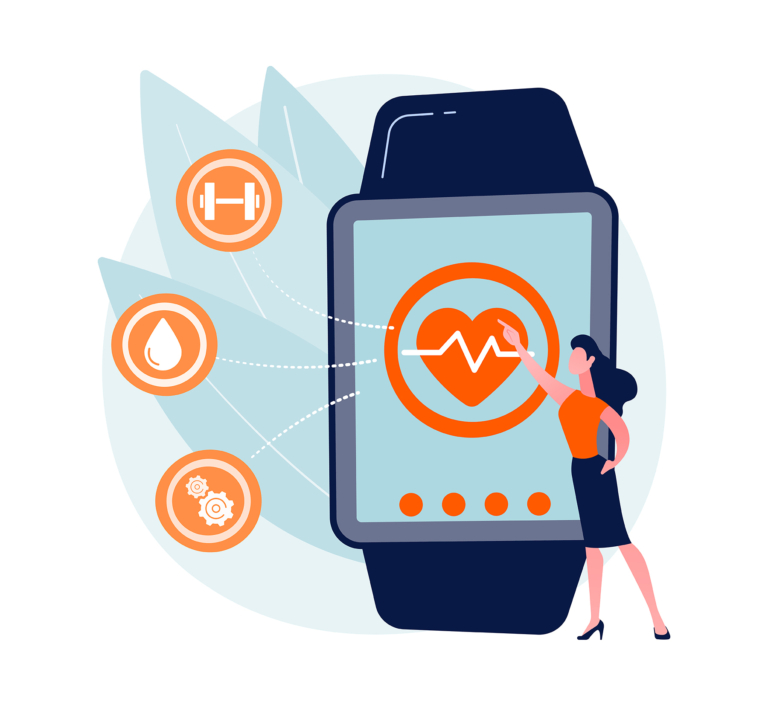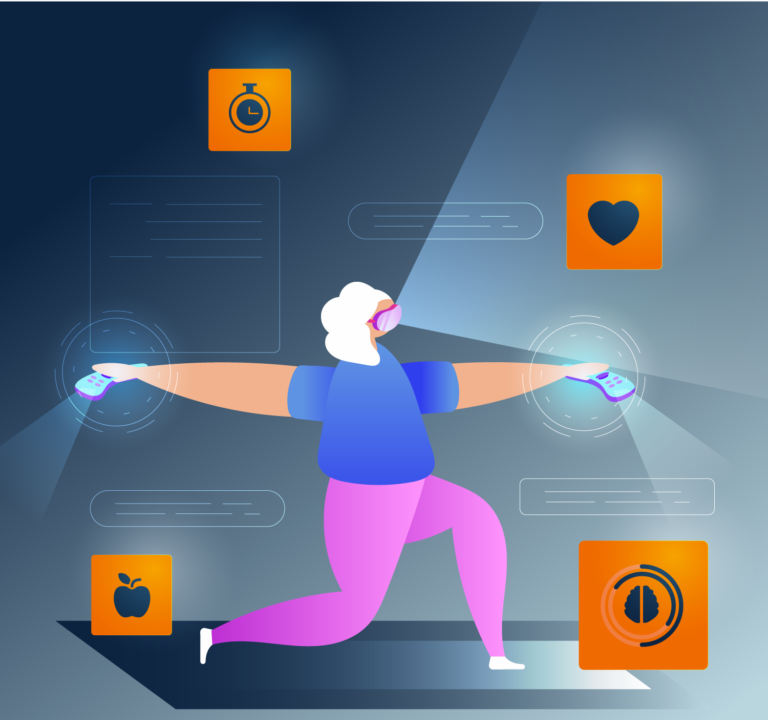POV 20 - Drink up !
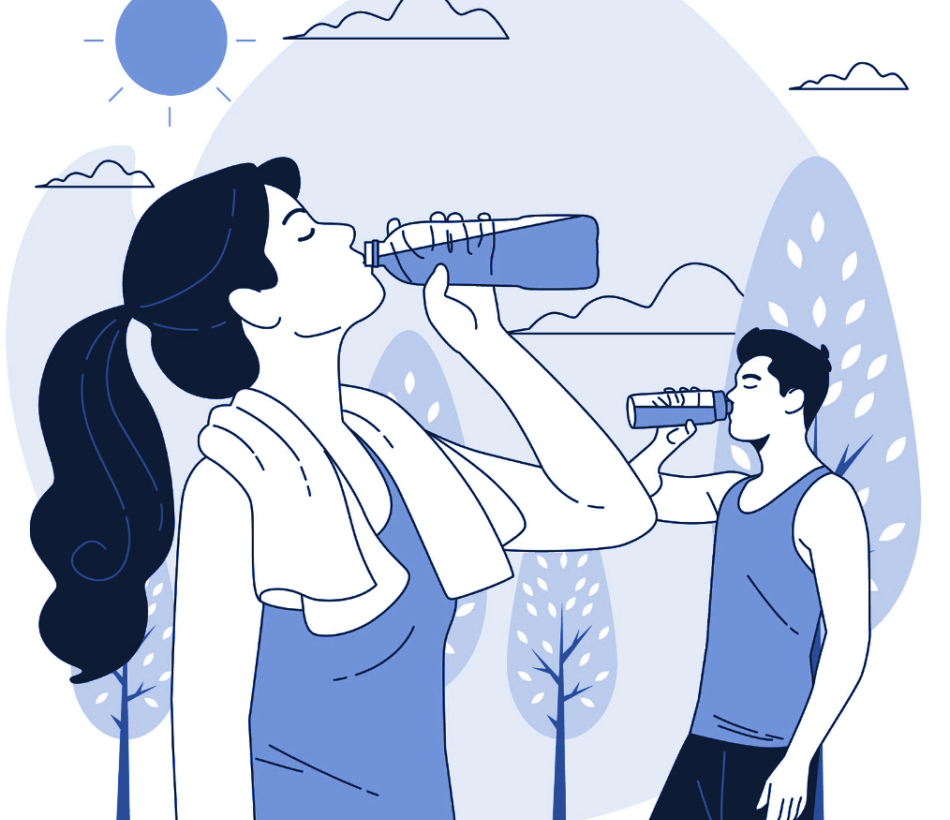
As competition heats up with major sporting events like the Tour de France, UEFA Euro and the Paris Olympics, athletes are facing grueling temperatures and battle dehydration.
In an era where marginal gains can make or break performances and when every physiological limiter is monitored, a parameter as fundamental as hydration should not be left to sensations - as was the case until recently.
Sweat, Dehydration and Performance
Sweat, what matters is in the small stuff - Large part water, sweat is also vehicle to many informative elements such as electrolytes like salt (NaCl), potassium & magnesium, lipids, sugars, hormones and other metabolites such as lactate - depending on anatomical location (and thus type of sweat gland).
Dehydration sets when fluid losses exceed 3% of body mass, which leads to the following cascade of events :
- Reduced blood volume and electrolyte imbalances.
- Reduced cardiac output and muscle & cerebral blood flow.
- Affected ability to regulate core temperature
- Impaired muscle contraction, flexibility, range of movement and increased risks of muscle cramping.
- Elevated energy (glycogen) utilization
- Increased perceived exertion and impaired recovery.
As a net result, dehydration is a serious athletic and cognitive performance limiter as it consistently attenuates strength, power & explosivity and VO2max & high-intensity endurance in ranges from 2 to 10%.
No such thing as drinking to thirst - Sweating and sweat rates are all too personal and variable for generic and all-purpose hydration advice, not forgetting thirst often lags dehydration.
Sweat losses depend on environmental conditions, exercise type, intensity & duration, choice of clothing, pre-exercise meal consumed, mental state, and genetics. Rates can vary from 0.5 to 3L of fluid loss per hour.
ENTER SWEAT SENSORS
The time when hydration was determined using urine color charts or by comparing pre- and post-exercise body weights is outdated.
Removing the guesswork - Continuous sweat sensors have recently entered the consumer space to overcome certain shortcomings of traditional hydration assessment methods and of disposable sweat patches - launched in the meantime, without resonating success.
Currently, sweat sensors not only display sweat rates and electrolyte composition in real-time, but also are accompanied by AI-trained platforms distilling tailored (re)hydration strategies.
Available options are :
Nix - sweat sensing device using disposable sweat patches and Nix pro platform for team monitoring.
Flowbio and hDrop - entirely reusable arm-worn devices; the latter winning a FitTech design award last spring
OnaLabs sports - chest strap mounted device using disposable cartridges
Next-Generation - The sweat sensor segment is about to get a serious upgrade when multipurpose sensors able to monitor an array of biomolecules other than electrolytes such as sugars, lactate and hormones become available. In parallel, developments are also being done to integrate sensors into common wearables - with the possibility of even powering them.
Meanwhile, first-generation reusable sensors are gaining in-competition approval from sports governing bodies such as UCI and thus companies are partnering with major leagues and federations.
In the market for sweat - Altogether, current and future sweat and hydration sensors could grasp a sizable share of what CGM's leave of the growing biosensor market and are anticipated to total $11.8B usd by 2033.
CHALLENGES UP AHEAD
The segment is showing commendable initial traction, but foreseeable hurdles up ahead will need to be cleared in order to expand outside the realms of early-adopters and elite endurance athletes.
The topic of dehydration as a performance limiter still needs educating, as hydration is still widely left to sensations.
To become the next metric, hydration will need to become ingrained in everyone's training habits, like HR is today. A notable effort in this direction is the recently introduced sweat zones by hDrop, who borrowed the concept from HR- or lactate-based training zones.
A breach into markets beyond endurance sports (and sports altogether) could help support a big enough TAM.
Seamless integration to smartwatch wristbands, HR straps, smart clothing or garments is welcomed, so sweat sensors do not remain an additional device to be worn.
Engaging user interface and ways to secure long-term use & recurring revenue will need to be found to lessen risks of users disengaging upon achieving sufficient learning.
Technical issues such as sweat variability according to anatomical locations, or initial data lag time - due to insufficient sweat - will have to be solved.
Here again, Apple threat looms above standalone sensors as it filed an all-encompassing patent back in 2021, which included a perspiration sensor embedded in Apple watches’ underside.
ELECTROLYTES IN THE MIX
All those sweat sensors and AI-(re)hydration models come in at a time when sports drinks are blossoming, increasingly being marketed by and for athletes. The likes of Cadence, Cure, Gainful, Liquid IV, LMNT, Mas+ drinks launched by Messi, Puresport, and SiS are attracting attention & funding and are reporting record sales, while non-alcoholic beer market keeps on growing.
Sweat sensor companies like Flowbio signed partnerships with sport drink solutions to give athletes concrete hydration and electrolyte options. Soon, manufacturers will have to expand their offering with customizable nutrient and electrolyte solutions.
Market saturation - The market for sports beverages has a high-potential for growth, rightly timed with a well-anchored consumer trend for non-alcoholic beverages, but is also one with ferocious competition - see BioSteel’s murky waters.
HYDRATION SPREADS TO NEW MARKETS
Risk of dehydration runs high in groups of individuals outside athletes such as the military troops - for which important budgets are now being devoted to health & wellbeing, industrial workers - the primary market of Epicore and WearOptimo sensors, and healthcare.
Seniors also represent an interesting demographic, as the sense of thirst normally decreases with age.
THE LANGLEVEN’S TAKE
The sweat sensing segment of Sports Tech is undeniably attractive. However, current and next-gen sensors will need to clear some of the hurdles we have identified and will need to prove our assumptions right so we, at LangLeven, pursue investment opportunities.
On that, Santé !


